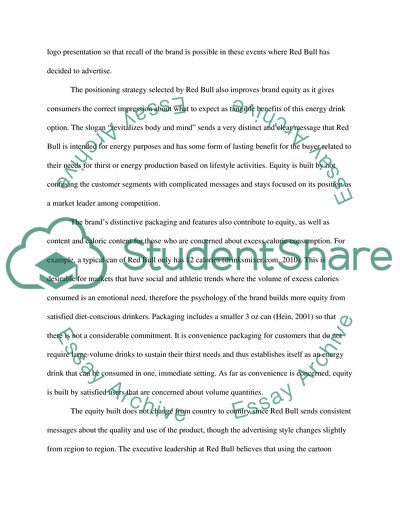Cite this document
(Evaluation of Red Bull Case Study Example | Topics and Well Written Essays - 1750 words, n.d.)
Evaluation of Red Bull Case Study Example | Topics and Well Written Essays - 1750 words. https://studentshare.org/marketing/1753851-cause-study
Evaluation of Red Bull Case Study Example | Topics and Well Written Essays - 1750 words. https://studentshare.org/marketing/1753851-cause-study
(Evaluation of Red Bull Case Study Example | Topics and Well Written Essays - 1750 Words)
Evaluation of Red Bull Case Study Example | Topics and Well Written Essays - 1750 Words. https://studentshare.org/marketing/1753851-cause-study.
Evaluation of Red Bull Case Study Example | Topics and Well Written Essays - 1750 Words. https://studentshare.org/marketing/1753851-cause-study.
“Evaluation of Red Bull Case Study Example | Topics and Well Written Essays - 1750 Words”. https://studentshare.org/marketing/1753851-cause-study.


